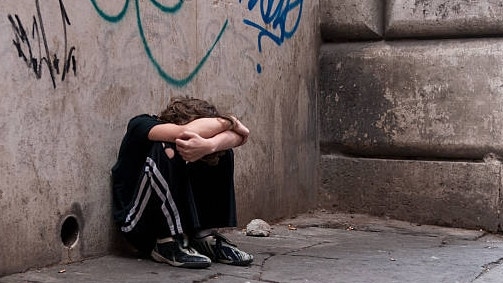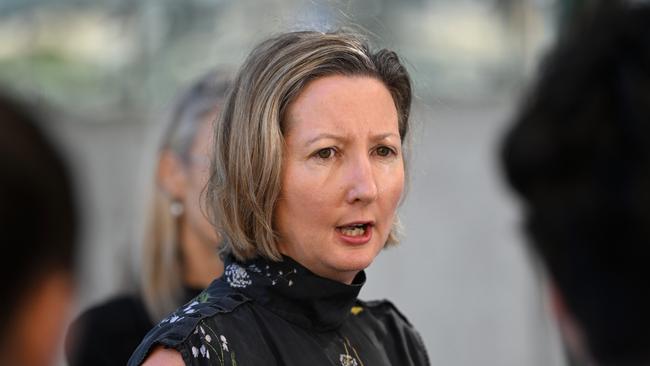Displaced Qld kids choosing life on the streets over state care
Children under the care of the state are walking out of residential care in favour of living on the streets as the department struggles to cope with a record surge in placements.

QLD Politics
Don't miss out on the headlines from QLD Politics. Followed categories will be added to My News.
Children under the care of the state are walking out of residential care in favour of living on the streets, as Queensland’s overstretched residential care system struggles to cope with a record surge in placements
The number of children in residential care has more than doubled over the last six years, from 980 in 2019 to more than 2,000 in 2024.
It comes after the Child Death Board published its annual report, noting that children with complex needs including drug addiction and sexual trauma were being provided tents to sleep in due to not being suitable for residential care facilities.
Youth Advocacy Centre chief executive Katherine Hayes said children were often provided tents because there was “nowhere for them to go”.
“Our workers who work with homeless kids are burning out because there’s nowhere for them to go,” she said.
“We had one 16-year-old with mental health issues who was discharged from hospital and child safety asked us to pick her up and drop her back to the park where she was living and hand her some food vouchers.”

Children aged 16 and under who are not yet eligible for emergency accommodation, are able to voluntarily leave residential care.
These children often couch surf, or live on the streets, with residential care facilities marking their departure as “self placed”.
“It’s off the books, they get written off,” Ms Hayes said.
“There’s a whole cohort of those (kids).”
A spokeswoman for the Department of Child Safety confirmed that “self-placing” was not recorded by workers as a specific type of placement.
“However, there is a placement type of “other” where self-placing is included, noting this category also includes children whose placement is at boarding school, detention, hospital and those living independently,” they said.
The state saw a 15.8 increase in children being placed into residential care last year alongside a nearly 10 per cent decline in foster care placements.
Children noted as living as “other” jumped from 916 in 2023 to 1,033 in 2024.
Ms Hayes said systemic issues were due to the Child Safety Department being underfunded and understaffed.
She said the state government needed to uplift wraparound support services for families to avoid children being taken from their parents and placed into the system.
Child Safety Minister Amanda Camm said her portfolio had been plagued with a $461m budget black hole.
“And a residential care road map to nowhere that did not achieve anything and was deemed too little too late by the Queensland Family and Child Commission,” she said.
The state government has committed to lifting the child protection workforce 20 per cent.
It will also build a Secure Care facility for children at risk of harming themselves or others and are therefore not suitable to live in residential care homes.
“We will also trial a $27m professional foster carer program for children with complex needs, as well as placing a greater focus on kinship carers to place children with their families,” Ms Camm said.



